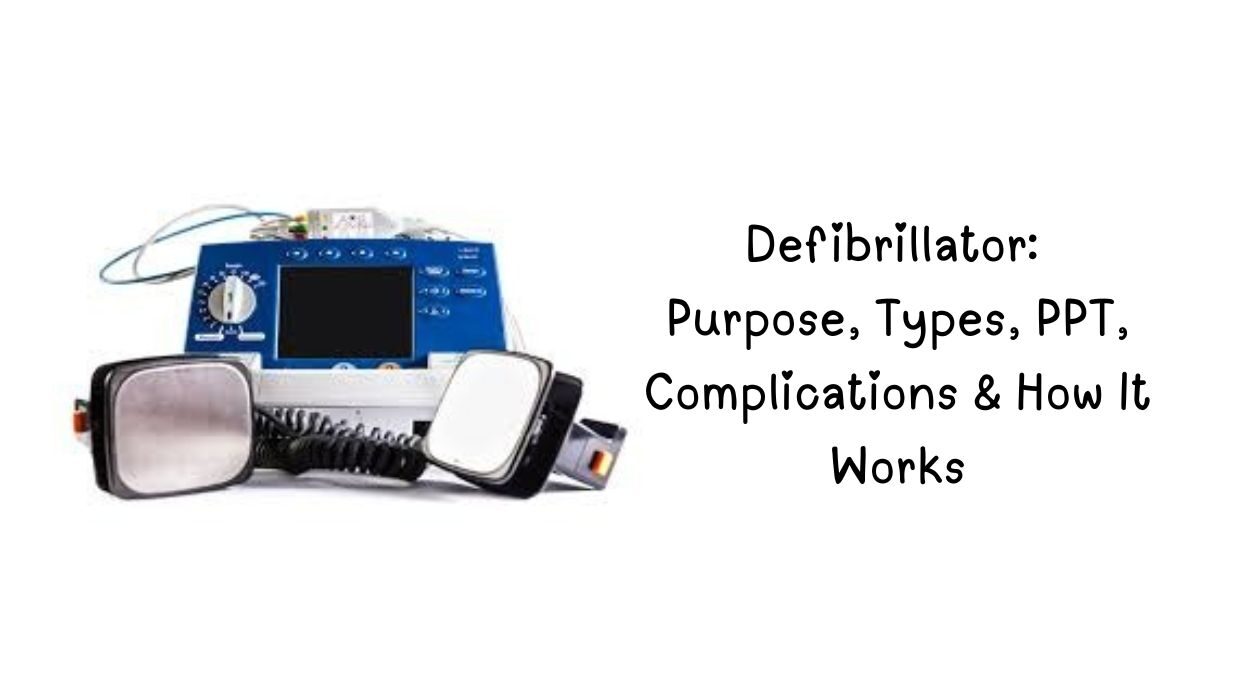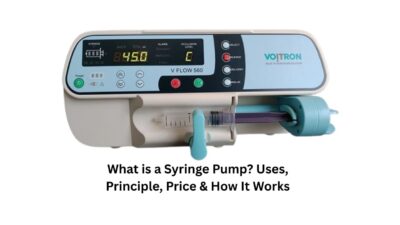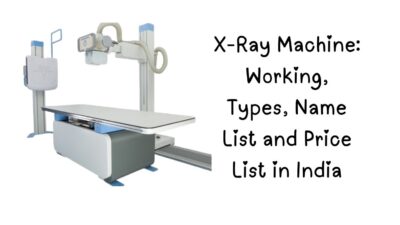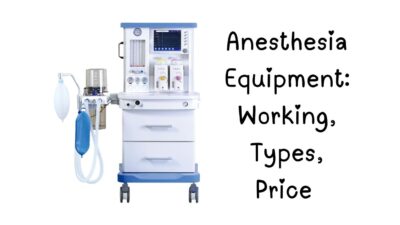What is a Defibrillator ?
A defibrillator machine is an electronic device designed to deliver a therapeutic dose of electric current to the heart. The goal? To reset or restore a normal heartbeat during life-threatening arrhythmias, such as ventricular fibrillation or pulseless ventricular tachycardia. By delivering a high-energy shock—measured in defibrillator joules—the device interrupts chaotic heart rhythms, allowing the heart’s natural pacemaker to re-establish proper function.
Quick Facts: Defibrillator Essentials
✅ What it does: Delivers electric shock to restart/regulate heart rhythm
✅ When used: Cardiac arrest (ventricular fibrillation/pulseless VT)
✅ Time critical: Survival drops 10% every minute without defibrillation
✅ Types: AED (public use), Manual (hospital), ICD/WCD (implants)
✅ Success rate: Early defibrillation + CPR = 50-70% survival chance
Table of Contents
Defibrillator Types
| Type | Who Uses It | Portability | Shock Delivery | Best For |
|---|---|---|---|---|
| AED | Laypersons/First Responders | Highly portable | Automated | Public spaces, workplaces |
| Manual | Doctors/Paramedics | Semi-portable | Manual adjustment | Hospitals/ambulances |
| ICD | Implanted in patients | Internal | Automatic | Chronic heart conditions |
| WCD | High-risk patients | Wearable vest | Automatic | Temporary protection |
How Defibrillators Save Lives (Step-by-Step)
- Detects abnormal heart rhythm (VF/VT)
- Analyzes if shock is needed (AEDs do this automatically)
- Charges to required energy level (measured in joules)
- Delivers shock through chest pads
- Restarts heart’s normal electrical activity
⚠️ Critical Note:
- Never use on conscious person with normal pulse
- Continue CPR between shocks if no pulse returns
Defibrillator Price
| Device Type | Price Range (₹) | Where to Buy |
|---|---|---|
| Portable AED | 1.5L – 2.5L | Online medical suppliers |
| Hospital Manual | 3L – 6L | Specialty medical stores |
| ICD Implant | 4L – 12L | Cardiac hospitals |
| WCD Rental | 15K-30K/month | Cardiology centers |
ICD Implant: What to Expect
Procedure:
- 1-2 hour surgery under local anesthesia
- Device placed under collarbone skin
- Leads threaded to heart through veins
Recovery:
✔ No heavy lifting for 6 weeks
✔ Avoid magnets/MRIs unless MRI-compatible model
✔ Device checks every 3-6 months
Lifespan: 5-7 years before battery replacement
When to Seek Emergency Care After Shock
Seek immediate medical help if:
🔴 Multiple shocks in 24 hours
🔴 Chest pain persists post-shock
🔴 Signs of infection at implant site
🔴 New irregular heartbeat symptoms
Defibrillator Effectiveness Stats
- CPR alone: 5-10% survival
- CPR + AED within 3 mins: 50-70% survival
- Every minute delay: 10% drop in survival chance
- Public AED use doubles survival vs ambulance-only response
(Data: AHA 2023 Cardiac Arrest Outcomes Report)
Defibrillator PPT
For students and healthcare professionals alike, a defibrillator ppt (PowerPoint presentation) serves as a great educational resource. These presentations typically cover anatomy of the heart, types of defibrillators, usage protocols, and safety tips. They’re widely used in medical schools, training programs, and first-aid courses to improve awareness and readiness.



